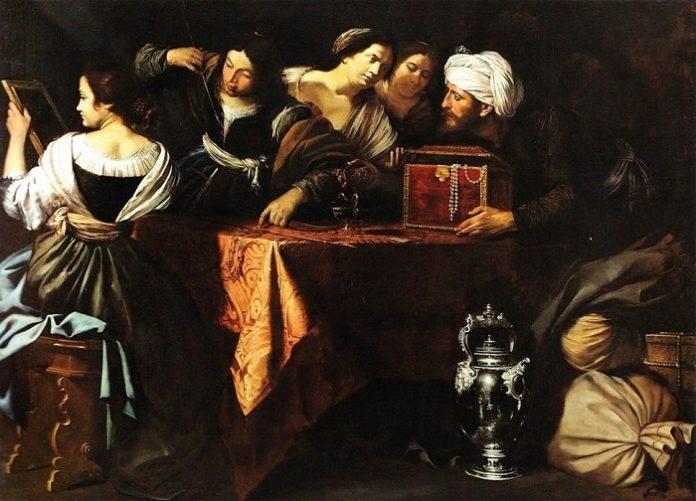When the conversation begins about the Baroque painters, Caravaggio, Van Dyck, Rubens immediately come to mind. But among these recognized male artists there was a place for a female artist. Artemisia Gentilesky was an exception to the rules in an era when painting was considered a purely masculine occupation.

Artemisia Gentilesky was born in the family of the artist Orazio Gentileski in 1593, so it’s no wonder where she showed a love of painting and the ability to paint. The first significant picture “Susanna and the Elders” the girl wrote in 17 years.
Despite the fact that in the XVII century painting was considered a purely male domain, Orazio decided to develop the talent of his daughter. He invited Agostin Tassi, the landscape painter, to his workshop to teach Artimisia a picture of the perspective. Good intentions turned for the beginning artist and her father with rather deplorable consequences.
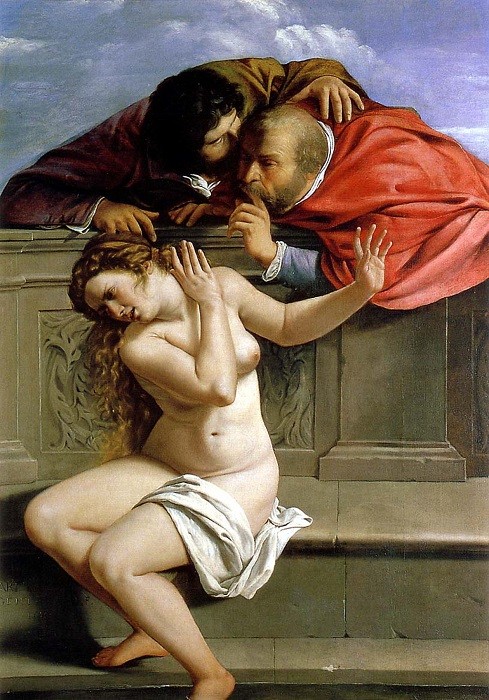
Agostino Tassi raped the girl, however, promising to marry her. When it became clear that the landscape painter was not going to fulfill his promise, besides, he already has a spouse, the Gentileski sued him. This case was quite resonant for that era, since it was shameful for a girl to declare publicly that she was dishonored. Moreover, Artemisia had to undergo a humiliating procedure with the doctor to prove that before the incident she was a virgin. The trial lasted seven months. Agostino Tassi was found guilty and put behind bars, but after 8 months he was released.
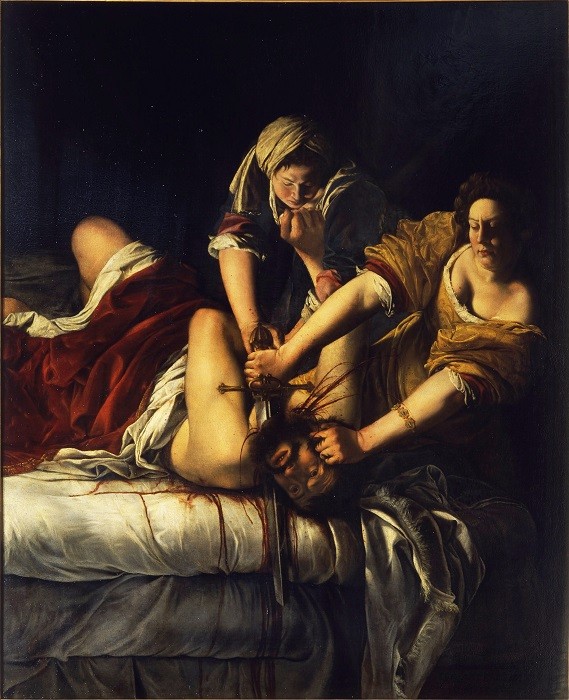
To escape from shame, Artemisia got married in speed and moved to Florence. Her personal experiences turned into the picture “Judith, decapitant Holofernes.” It is worth noting that throughout life in the artist’s work, the stories were dominated by women who suffered from violence of men or who deal with them.

Living in Florence, Artemisia worked very fruitfully. As already mentioned, at that time the artists were exclusively men, women were most often given a place in the kitchen. That’s why the work of Artemisia Gentileski can be called outstanding, because contemporaries chose her to the Academy of Painting in Florence.
Plus, Artemisia Gentileski turned out to be a very independent woman by nature, since she obtained a divorce and sole custody of the child. But in the beginning XVII women were not even allowed to own private property. Father Artemisia Orazio paid her husband a monetary compensation for her daughter in a divorce.
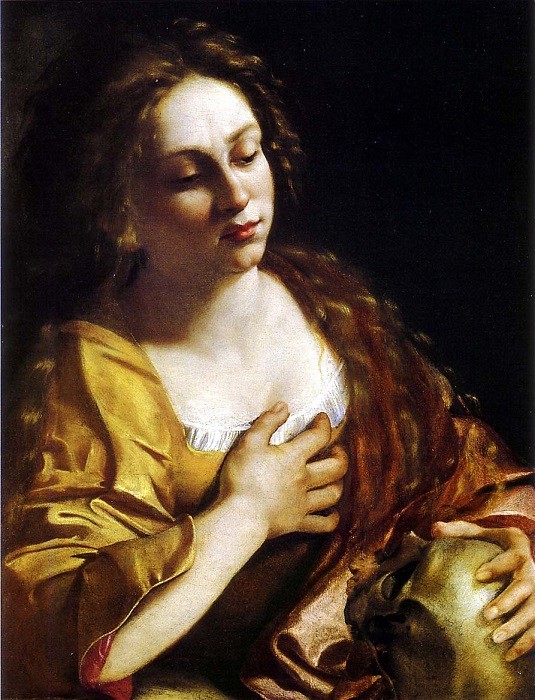
The fact that she had influential patrons also testifies to the demand and popularity of the woman-artist. In Florence, they were representatives of the Medici dynasty, and in England – King Charles I. For the Medici, Artemisia wrote more than 20 canvases.
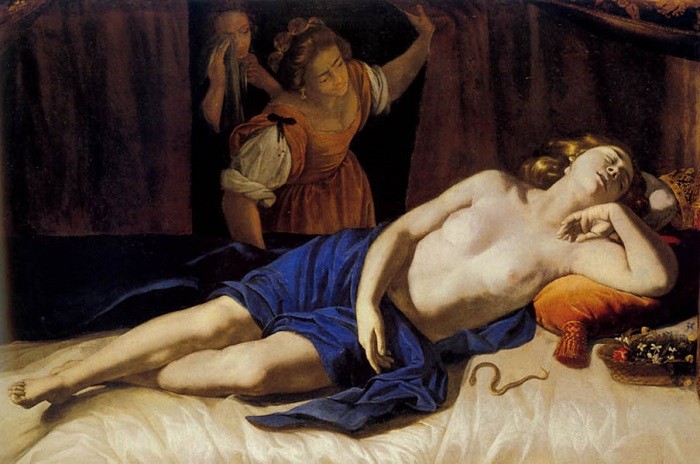
After the death of the artist interest in her paintings gradually faded, and was revived again only in the twentieth century after the publication of the novel by Italian writer Anna Banti. For her work, the author took the biography of Artemisia as the basis. Later a few other writers used information about the artist. From their submission, Artemisia Gentilesky became an object of feminist worship.






